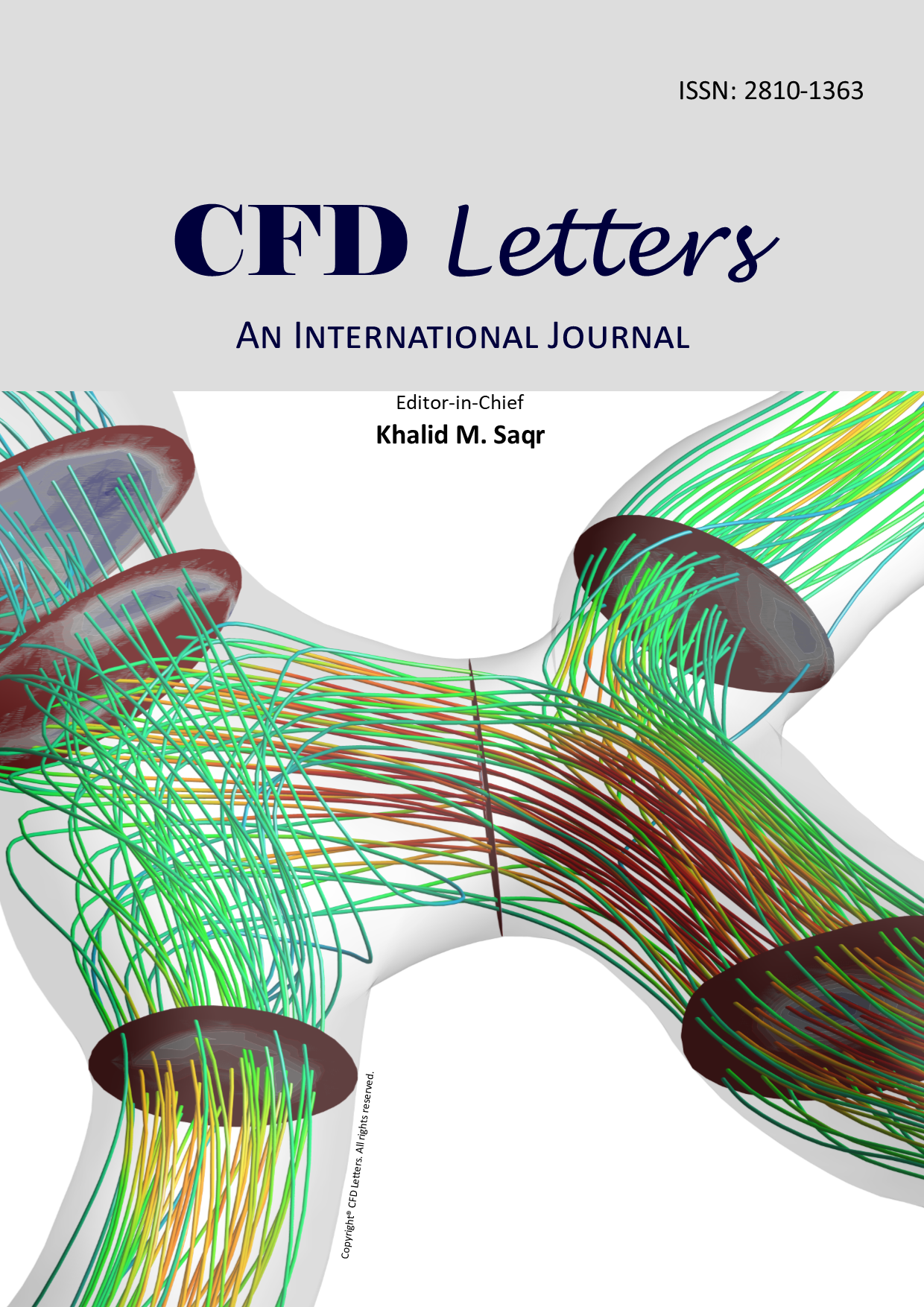Numerical Examination on Two-Equations Turbulence Models for Flow Across NACA 0012 Airfoil with Different Angle of Attack
Keywords:
two-equations models, Reynolds-Averaged Navier-Stokes Equations (RANS), Ansys Fluent, flow across airfoil, NACA 0012Abstract
Selection of an appropriate and efficient turbulence models is important for fast and accurate computation in fluid dynamics. In order to investigate the computational efficiency of turbulence models, numerical examination based on two-equations turbulence models for flow across NACA 0012 airfoil was carried out by using ANSYS Fluent at various angle of attack (-12o to 20o) and at a Reynold number of 3 × 106. The case study is chosen as its transition from viscid to inviscid flow region which would put a strain on computational performance of turbulence models. The two-equation models being investigated are Standard k-? model, RNG k-? model, k-? Realizable model, Standard k-? model, k-? BSL model and k-? SST model. The drag, lift and pressure coefficient between simulation and experimental results are compared. The convergence rate of these turbulence models is collated as well. The contours of static pressure and velocity magnitude was simulated, and boundary layer separation was noticed from 10° angle of attack. In general, the predicted data have good agreement with experimental data. Amongst the investigated models, k-w SST model showed the best agreement with experimental result meanwhile RNG k-? model showed the slowest convergence rate among all the turbulence models.













